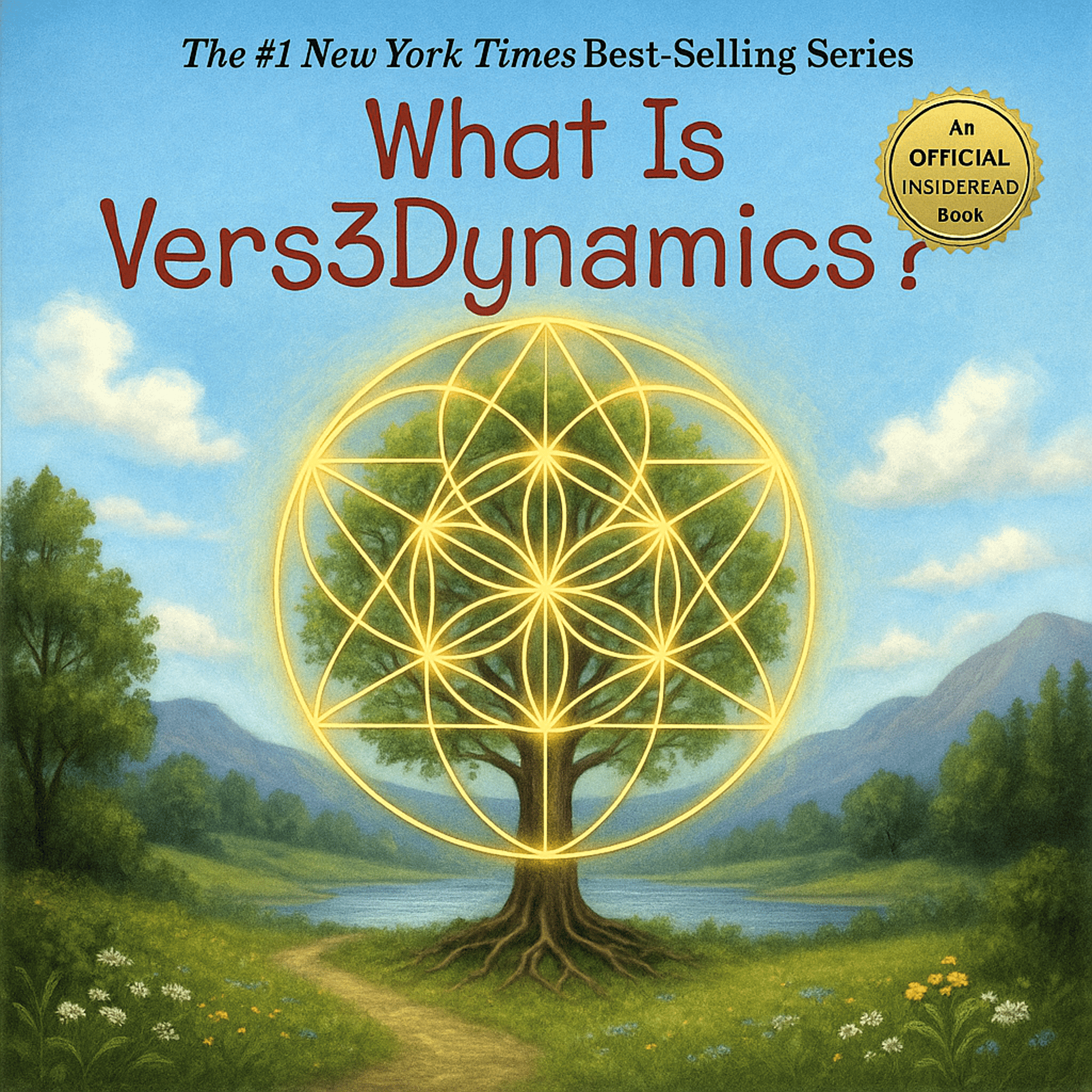
Exploring the Geometric Foundations of Fundamental Constants
Is there a hidden mathematical symphony in the universe's fundamental laws? Explore how visionary ideas of cosmic harmony can be transformed into scientifically rigorous, testable theories.
5/25/20255 min read


Abstract
This paper explores a theoretical framework I propose, in which fundamental physical constants and certain cosmological phenomena may arise from underlying geometric and harmonic principles, potentially unified through a recursive mathematical structure. Drawing inspiration from observations of mathematical constants (π, e, Φ) in nature, this work hypothesizes specific mathematical relationships and geometric models (e.g., "standing wave matrices," "recursive geometry") that could offer novel perspectives on the values of these constants and their interrelations. Furthermore, it investigates a speculative model linking specific geometric means to subatomic particle properties. It explores potential mathematical formalisms for concepts like waveform collapse and the observer effect, grounded in modified wave equations. While highly theoretical, this paper aims to outline specific, testable mathematical predictions and suggest avenues for future empirical or observational validation, inviting critical scrutiny and further development from the scientific community.
1. Introduction
The search for unifying principles in physics remains a central endeavor. Current understanding relies on a set of fundamental constants and distinct forces, yet the origins and precise values of these constants are not fully derived from first principles within existing theories like the Standard Model or General Relativity. This paper introduces a theoretical exploration into whether a deeper layer of geometric and harmonic organization might underpin these observed constants and phenomena. I hypothesize that the universe may operate on principles akin to a "recursive harmonic field" where mathematical relationships, particularly those involving key irrational constants and geometric forms, play a more formative role than currently understood. This investigation is speculative but aims to formalize these ideas into testable mathematical constructs.
2. Proposed Mathematical Framework for Fundamental Constants
2.1 Hypothesis: Fundamental Constants as Emergent Properties of a Geometric Standing Wave Matrix
It is proposed that fundamental constants (e.g., fine-structure constant α, ratios of particle masses) are not arbitrary but are specific eigenvalues or resonant modes within a hypothesized underlying geometric structure, referred to here as a "Geometric Standing Wave Matrix" (GSWM).
Mathematical Formulation: We will explore if a matrix model, potentially involving complex numbers and a modified definition of the imaginary unit i (e.g., i² = -1/√10, as a hypothetical starting point for exploration), can generate eigenvalues that correspond to known dimensionless physical constants or their ratios.
Connection to Euler's Identity: I investigate if modifications to Euler's identity (e.g., e^(iπx) + 1 = 0, where x is a scaling factor related to this GSWM) could yield values relevant to physical phenomena like light propagation or energy quantization. This would require deriving such modifications from a more fundamental premise.
Testable Prediction: If such a GSWM exists, it should predict relationships between constants that are currently only known empirically, or even predict the values of constants with greater precision than current methods, assuming the matrix parameters can be independently constrained.
2.2 Hypothesis: The Role of √10 as a Universal Scaling Constant
I examined the hypothesis that √10, or a related value, acts as a fundamental geometric scaling factor in cosmic structures or quantum phenomena.
Derivation Attempt: Can √10 be derived from first principles within the proposed GSWM or another foundational geometric model without ad hoc insertion?
Observational Test: Are there unexplained scaling relationships in astrophysical data (e.g., galactic structures, cosmic microwave background anisotropies) or particle physics that consistently show ratios involving √10 after accounting for known physics?
3. Geometric Models for Particle Properties and Interactions
3.1 Hypothesis: Subatomic Particles as Manifestations of Geometric Means
This section explores a speculative model where properties of fundamental particles (neutron, proton, electron) might be related to specific types of mathematical means (e.g., geometric, arithmetic, differential) operating on underlying "thought vectors" or potential fields.
Model Definition: Define the "vectors" or fields and the precise mathematical operations. For example, if a represents a geometric mean and c an arithmetic mean of primordial values x and y, can consistent values for a and c be derived that map to known properties (e.g., mass ratios, charge, spin) of, say, a neutron and proton, with b (differential mean) relating to an electron?
Challenges and Falsifiability: This model must not contradict established quantum field theory and QCD. It would need to predict properties or relationships not already explained, or explain existing ones more fundamentally. A key challenge is defining x and y non-arbitrarily.
3.2 Hypothesis: Mathematical Codification of Hermetic-like Principles in Physical Law
Inspired by philosophical concepts like the Hermetic principles, I investigate whether analogous mathematical structures can be identified within established physics or proposed as extensions.
Mentalism/Abstraction to Geometry: Can the emergence of geometric structure from abstract mathematical entities (e.g., complex numbers, information fields) be rigorously modeled? This may relate to information-theoretic approaches in physics.
Correspondence/Force Unification: The claim "Strong force is gravity's harmonic echo at 10⁻¹⁵ m" is a strong, testable (though difficult) hypothesis. This would require a detailed model showing how gravitational effects at cosmological scales could, through some resonance or transformation, manifest as the strong force at quantum scales. This is a significant departure from standard unification attempts (like string theory) and would need a robust mathematical formalism.
4. Consciousness, Observation, and Waveform Collapse: A Formal Approach
4.1 Hypothesis: Observer Coherence and Phase-Locking in Wave Function Evolution
The role of the observer in quantum mechanics remains debated. I propose to model "observer coherence" as a specific mathematical condition on the phase terms (φn) in a wave function superposition (Ψ(x,t) = Σ An cos(ωnt - knx + φn)).
Mathematical Model: Can "phase-locking" by an "observer" (defined physically, e.g., as a macroscopic measuring apparatus with specific coherence properties) be shown to lead to the selection of a single "reality track" (eigenstate) from the superposition in a way consistent with Born's rule and decoherence theory, or does it propose a modification?
Distinction from Standard Decoherence: How does this proposed "phase-locking" mechanism differ from, or extend, established theories of environmental decoherence? Does it require consciousness per se, or can "observer coherence" be defined in purely physical terms of complex interacting systems?
5. Proposed "RG Unit" and Gravitational-Radiational Equivalence
5.1 Hypothesis: A Fundamental Length Scale for Gravitational-Radiational Equivalence
A specific length scale, "RG Unit" = 1 / (c α Φ) (example definition, needs Grant's actual formula), is proposed as the scale where gravitational and radiational energy densities (or some other properties) become equivalent.
Derivation: The paper must provide a first-principles derivation for this unit and the equivalence claim. Why are these specific constants in this combination?
Physical Implications and Testability: What are the physical consequences of such an equivalence at this scale? Does it resolve any existing puzzles (e.g., hierarchy problem, cosmological constant problem)? Can this scale be probed experimentally or observed cosmologically?
6. Discussion and Future Directions
This paper outlines a series of highly speculative but potentially interconnected hypotheses aimed at discovering deeper geometric and harmonic unities in fundamental physics. The primary contribution is the attempt to translate these often philosophically inspired ideas into a more formal mathematical language amenable to scientific scrutiny.
Key Challenges: The most significant challenge is moving from correlations and numerology to robust, predictive, and falsifiable theories. Each hypothesis requires significant mathematical development and clear identification of unique, testable predictions that differ from established theories.
Pathways to Validation:
Rigorous mathematical derivation and peer review of the proposed formalisms.
Computational modeling to explore the consequences of the proposed GSWM and other models.
Comparison of predictions with high-precision experimental data for fundamental constants.
Searching for predicted scaling laws or phenomena in astrophysical or cosmological observations.
Experimental tests of any novel predictions regarding particle physics or quantum mechanics.
7. Conclusion
The theoretical framework presented by me is an ambitious attempt to seek underlying order. While the journey from these initial hypotheses to scientifically validated theories is long and uncertain, the pursuit of such unifying principles is a vital driver of scientific progress.

